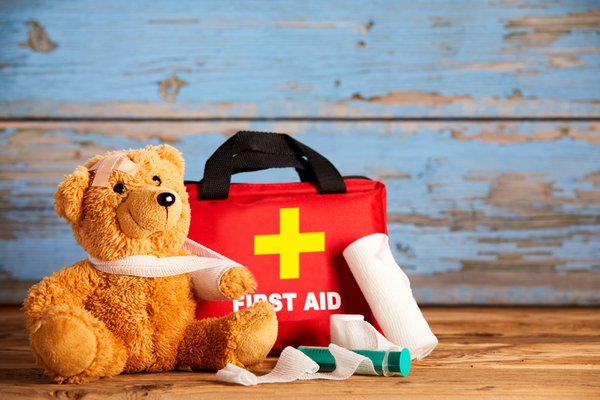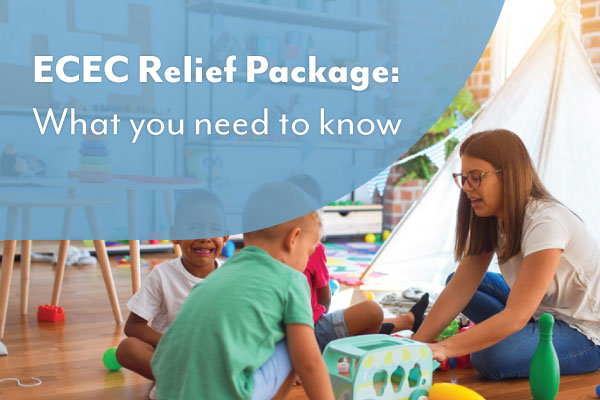Allergies in children and allergic reactions can be quite serious so it’s important to understand what they are and how to spot them.
What is an allergy?
According to the Australasian Society of Clinical Immunology and Allergy, an allergy occurs when the immune system reacts to a substance (allergen) in the environment which is usually harmless like food, pollen, stings or medications. The body produces allergy antibodies which are used to react with foreign substances.
An allergic reaction occurs when someone develops symptoms following exposure to an allergen. Allergic reactions can be mild, as well as severe. Anaphylaxis is the most serious form of allergic reaction.
Common Triggers
Food is responsible for allergic reactions in many children. The most common ones include:
- Milk and milk products
- Eggs
- Peanuts
- Fish and other seafood
- Soy
- Wheat
- Citrus Fruits
Animals are also a common trigger. This includes the fur or skin of short and long-haired animals such as cats and dogs. Environmental factors like plant pollen, insect bites or stings, as well as certain medications can also trigger an allergic response.
Symptoms To Look Out For
Symptoms vary from mild itching, to complete bodily shock. The most common allergic reaction symptoms to look out for include:
- Red and/or itchy skin
- Swelling of the face, lips and/or eyes
- Tummy pain, nausea and/or vomiting
In more serious cases, an anaphylaxis response might include:
- Difficulty with breathing
- Tightness in the throat
- Swelling of the tongue
- Wheezing and/or persistent cough
- Dizziness and/or collapse
Prevention
In a childcare setting, there are number of precautions that can be taken to help ensure children with allergies avoid exposure with nasty allergens. Of course, the first port of call is being aware what allergies exist amongst the group and ensuring these are well-documented for all staff to see. Day-to-day prevention should include:
- Proper food handling to avoid cross-contamination
- Diligent food-label reading processes
- Removal of trees or plants which may cause a reaction
- Strict and daily cleaning of facilities and equipment
- Limiting exposure to pets and/or other animals
Completing A Course in Emergency Anaphylaxis Awareness
For people interested in learning more about anaphylaxis as well as administering adrenaline during a reaction, we offer an accredited short course. The Child Care Course in Emergency Anaphylaxis Awareness is delivered in partnership with the Asthma Foundation and provides you with the skills to recognise and manage anaphylaxis, including effective treatment during an allergic episode.
If it has been longer than 12 months since you completed CPR training or more than three years since your first aid course, you’re due to renew. Complete a first aid or CPR course online through our online portal here.

Get Selmar’s blogs in your inbox in a second! Subscribe to get our latest blogs now.




